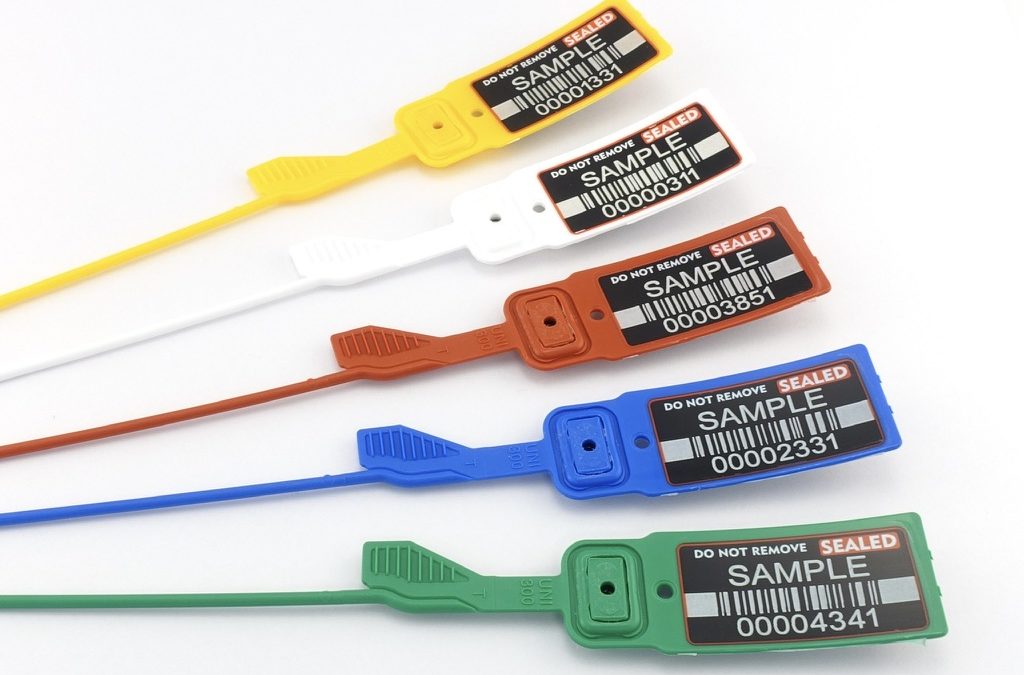A crucial component of guaranteeing the integrity and safety of commodities, products, and documents during transportation and storage is maintaining security seal compliance. A security seal is a physical barrier that deters theft, tampering, and illegal entry. But, if security seals are not properly maintained, they can be hacked, which can cause firms to suffer serious monetary and reputational damages. The following are some top techniques for keeping security seal compliance:
Choose the Proper Security Seal Type
Choosing the appropriate security seal type for your requirements is the first step in maintaining compliance with security seal regulations. Bolt seals, cable seals, padlock seals, and plastic seals are just a few of the several types of seals that can be found on the market. Take into account elements, including the desired level of security, the kind of material being sealed, and the environment in which the seals will be utilised.
Do Routine Inspections
To make sure that security seals are complete and unaltered, regular examinations are essential. Inspections need to be done at every step of the supply chain, from the place of origin to the final destination and during transportation. Depending on how frequently shipments are made, inspections should also be done on a regular basis, such as every day or every week.
Teach Staff How to Use Seals Properly
To maintain compliance, security seals must be handled properly. Workers should receive training on seal application and removal procedures as well as how to spot tampering signals. The repercussions of non-compliance, including potential legal responsibilities, should also be made clear to employees.
Employ Materials with Tamper Evidence
To assist in spotting evidence of tampering or unauthorised access, use tamper-evident materials. When the seal is broken, materials that are tamper-evident are intended to reveal obvious indicators of damage or manipulation. Holographic labels, security tapes, and security bags are a few examples of tamper-evident materials.
Keep Appropriate Records
To prove compliance with rules and standards, it's crucial to keep accurate records. The documentation must contain details like the seal number, the application and removal dates and times, as well as the name and signature of the person who applied or removed the seal. This data ought to be stored safely and made accessible for scrutiny as needed.
Track the Inventory of Seals
In order to make sure that the proper kind of seal is being used for the intended application and that there is a sufficient supply of seals accessible, it is crucial to monitor seal inventory. The number of seals in store, the number of seals issued, and the number of seals returned or left unused should all be tracked using a system.
Do Arbitrary Audits
Random audits can assist in locating possible seal compliance concerns before they develop into more significant difficulties. Both internal and external auditors are capable of conducting audits. All facets of seal compliance, including seal application and removal methods, paperwork, and inventory control, should be covered by audits.
To sum up, preserving security seal compliance is essential to guaranteeing the security and safety of commodities, products, and documents while being transported and stored. Businesses can reduce the risk of breaches and guarantee adherence to rules and standards by using these best practices.

